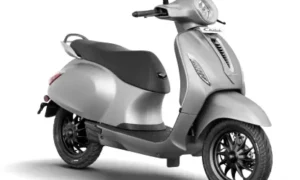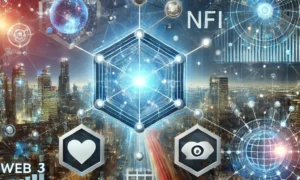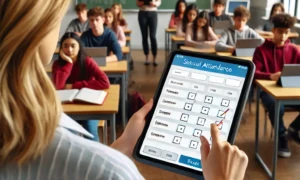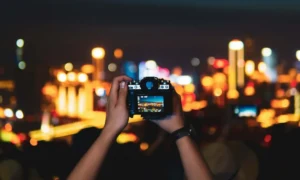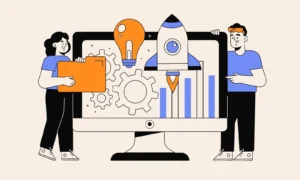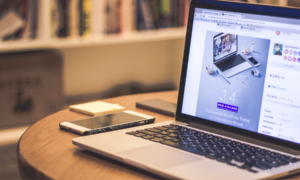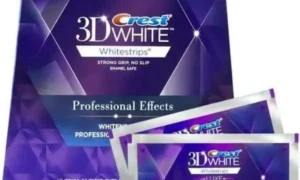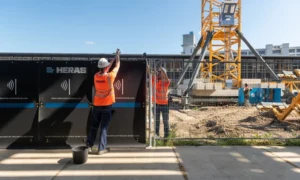BOGOF (i.e. Buy One Get One Free) drives emotions, “50% Off” drives math calculations on the shop floor (or while browsing on the App). It doesn’t really take a genius to figure out which one will win! And yet, we are bombarded with not just 50% but many other numbers on SKUs, Banners, Hoardings, Digital Screens and every other possible touchpoint.
Click For Complete Analysis : https://www.glasgowinsights.com/blog/people-dont-understand-percentages-say-buy-one-get-one-free-instead-of-get-50-off/
As in the words of Dan Ariely, the author of Predictably Irrational, “zero/free is a source of irrational excitement; it’s called the ‘zero price effect.’” In one of Ariely’s studies, consumers were offered two options: to buy a Hershey Kiss chocolate — a common, inexpensive treat — for 1 cent or to buy a Lindt Truffle — a more refined and more expensive type of chocolate — for 15 cents. Given the quality of the products and the offer’s value, nearly 3 out of every 4 participants chose to buy the Lindt Truffle. In the next part of the experiment, the price of both items was reduced by 1 cent — the Lindt Truffle’s price was 14 cents and the Hershey Kiss was free. Within this model, 90% of participants opted for the free Hershey option, even though the price difference between the products was the same. The experiment proves that people do not simply set costs and benefits against each other but rather focus on acquiring a free product. This is exactly why BOGOF promotions are effective — the thought of getting something for free incentivizes customers to shop. The free item is often overvalued in their eyes, even when it is juxtaposed with a higher-quality product at a discounted price.
To give another example, a pack that says “100 Grams extra” is easier to understand for the shopper than “10% extra”. And studies have shown that a typical shopping decision is made between 3 to 7 seconds, so the easier to make the Path to Purchase the more conversions we will get.
In the realm of marketing and sales, the way promotions are framed can significantly impact consumer behavior. One striking example of this phenomenon is the contrast between “Buy One Get One Free” and “Get 50% Off” offers. Despite both seemingly offering the same value proposition, consumer psychology suggests that the former tends to be more appealing. Let’s delve into why people often prefer the simplicity of “Buy One Get One Free” over the seemingly equivalent “Get 50% Off.”
The Complexity of Percentages
While percentages are a fundamental concept in mathematics, many individuals struggle with interpreting and understanding them in real-world contexts, especially in the context of sales and promotions. Research has shown that consumers often find it challenging to accurately gauge the value of percentage-based discounts, leading to confusion and decision paralysis.
Cognitive Biases at Play
Several cognitive biases contribute to the preference for “Buy One Get One Free” offers over percentage-based discounts:
- Anchoring Effect: Consumers tend to anchor their perceptions of value based on the initial price. When presented with a percentage-based discount, such as “Get 50% Off,” they may fixate on the discounted price but struggle to assess whether it represents a good deal compared to the original price.
- Loss Aversion: People are more sensitive to perceived losses than gains. A “Buy One Get One Free” offer presents a clear gain — getting an extra item for free — while a 50% discount may be perceived as a potential loss if the consumer doesn’t fully grasp the savings.
- Decision Fatigue: Processing percentages requires mental effort and arithmetic calculations, which can contribute to decision fatigue. In contrast, the simplicity of “Buy One Get One Free” reduces cognitive load and makes the offer more enticing.
Perceived Value and Psychological Impact
“Buy One Get One Free” offers tap into consumers’ perceptions of receiving something for free, which triggers a positive emotional response. This perception of added value can lead to increased satisfaction and likelihood of purchase, even if the actual savings may be equivalent to or less than a percentage-based discount.
Practical Implications for Marketers
Understanding consumer behavior and cognitive biases can inform marketers’ promotional strategies:
- Communicate Value Clearly: Frame promotions in a way that minimizes cognitive effort and clearly communicates the value proposition to consumers.
- Utilize Simple Language: Opt for straightforward messaging, such as “Buy One Get One Free,” to convey the offer without relying on percentages.
- Highlight Tangible Benefits: Emphasize the tangible benefits of the promotion, such as receiving an extra item for free, to enhance perceived value and appeal.
Conclusion
Consumer perception plays a pivotal role in shaping purchasing decisions, particularly in response to promotional offers. While “Buy One Get One Free” and “Get 50% Off” may seem equivalent on the surface, the former often holds greater appeal due to its simplicity and perceived value. By leveraging insights from consumer psychology, marketers can design more effective promotions that resonate with their target audience and drive sales.
By understanding the complexities of consumer behavior and the psychological impact of different promotional strategies, businesses can optimize their marketing efforts and better meet the needs and preferences of their customers.
About Us:
Glasgow Research & Consulting clients are Global Fortune 500 companies, regional conglomerates and entrepreneurial ventures.
The ability to anticipate competitors’ moves and analyze markets is key to winning in the Middle East & Africa region. Our biggest pride comes from helping international companies to be successful in emerging markets.
Contact Us
Office No 6, Unit 402, Level 4,
Crystal Tower, Business Bay,
PO Box 445190 Dubai, United Arab Emirates
Mobile: +971 55 9744360 | Phone: +971 4 566 8869
Website : https://www.glasgowinsights.com


